Using drones to spray pesticides in Thap Muoi district, Dong Thap province. (Photo: MINH ANH)
In that context, finding new driving forces for growth breakthroughs is an urgent requirement.
Lesson 1: The power of technology and digital transformation
Science and technology have now become an indispensable “companion” in the modern agricultural value chain, from production, harvesting to commodity trading. Along with that, digital transformation has dramatically changed the entire agricultural sector with the Internet of Things (IoT), artificial intelligence (AI), blockchain, big data, high-performance computing (HPC) systems, etc., opening up great room for growth.
Data from the General Statistics Office ( Ministry of Finance ) shows that the gross domestic product (GDP) in the first quarter of 2025 is estimated to increase by 6.93% over the same period in 2024. Of which, the agriculture, forestry and fishery sector increased by 3.74%, contributing 6.09% to the total added value of the entire economy. This is considered a fairly high growth rate of the entire agricultural sector.
Science and technology are the launching pad
From its core business of sugarcane, Thanh Thanh Cong Joint Stock Company (TTC AgriS) has expanded its production of high value-added agricultural products such as cooking spices, biological products, etc. with nearly 200 products exported to 69 countries. In addition, TTC AgriS's agricultural solutions have created sustainable "health" for the soil, improved crop yields, and increased production efficiency for farmers. The company currently creates stable jobs for more than 40,000 direct and indirect workers throughout the chain.
General Director of the Company Thai Van Chuyen said: TTC AgriS builds an integrated model for the entire chain from raw material area - production - trade on a technology platform towards developing circular agriculture, reducing emissions with the goal of net zero emissions by 2035.
Starting from 2018, AgriS has gradually operated the Agri App system to manage raw material areas; applied blockchain in traceability... Thanks to that, the productivity of raw material areas increased by 15-30% thanks to standardization and digitization of processes; more than 60% of logistics and trade stages are digitized.
At the same time, TTC AgriS deploys a smart agricultural economic model on the AgTech-FoodTech-FinTech integration platform with three main pillars: Smart nutrition - smart traceability - smart connection. From there, an agricultural area that meets the standards of full-chain traceability is formed, and products are qualified to access markets with high requirements on sustainable development (ESG) and data transparency such as the European Union (EU), Japan, etc.
Also playing the role of a launching pad to increase value, the application of science and technology is what makes Dabaco Vietnam Group stand out in the livestock sector. Deputy General Director of the Group Nguyen Van Tue said: The Group is a pioneer in applying biotechnology, digital technology and innovation to every production link; investing in the entire modern equipment chain, smart management software to bring about a leap in productivity and quality. Dabaco also uses artificial intelligence (AI) to analyze livestock data, forecast the risk of disease outbreaks, plan for selling, and balance inventory to help optimize production and minimize risks.
The electronic traceability system applied at all farms allows recording the entire breeding process, ensuring absolute transparency and enhancing customer confidence, creating a great competitive advantage for the business. Thanks to that, by 2024, Dabaco will become a business with billions of USD in revenue and create jobs for more than 10,000 employees and workers.
Breakthrough growth across the industry
According to Mr. Le Phu Ha, Director of the Department of Digital Transformation (Ministry of Agriculture and Environment), in recent times, the digitization and application of information technology and digital technology to enhance the value of the digital economy have been clearly demonstrated in all sectors of agriculture, forestry and fishery. Many enterprises, cooperatives and production households have applied automatic irrigation systems, drip irrigation, automatic temperature adjustment in greenhouses, membrane houses, etc., contributing to saving labor costs, water resources, and increasing crop productivity.
The forestry sector has applied DND barcode technology in seed management; automation, robots connecting equipment and machinery in large-scale wood processing factories; applying GIS technology and remote sensing images to build software for early detection and warning of forest fires from satellites; applying IoT in measuring, tracking, and automatically monitoring water quality 24/7 in aquaculture... Thereby creating great value for the agricultural sector with a growth rate of 3.3% in 2024.
Thus, technology and digital transformation are not only the foundation to elevate large enterprises, but in each field, each "corner" of agriculture has also recorded "dizzying" changes, bringing production from backwardness to spectacular growth with proud results, as evidenced by the latest figures of 2024 in a number of products such as: rice output reached 43.52 million tons, exported 9.03 million tons of rice with a turnover of 5.75 billion USD; cashew export output reached 723.8 thousand tons, turnover of 4.38 billion USD, continuing to maintain its position as the largest cashew nut exporting country in the world; coffee output harvested 2.01 million tons, exported 1.34 million tons worth 5.48 billion USD and being the largest Robusta coffee producing and exporting country in the world; Fruit and vegetable exports hit a record 7.12 billion USD with output of some key fruit trees growing strongly...
Regarding the traditional and strategic rice sector, Dr. Tran Ngoc Thach, Director of the Mekong Delta Rice Institute, said: 50 years ago, the Mekong Delta mainly grew seasonal, local rice varieties with low productivity, with an output of only about 5 million tons/year, but now it has reached 25 million tons/year. The Institute, along with units and businesses participating in the breeding work, are very proud that most of the rice varieties in the region today are hybrids.
“Up to now, we have a relatively good set of varieties. Currently, in the research and breeding work, we still choose popular varieties, continue to improve the ability to resist pests and diseases by crossbreeding while still maintaining the quality of rice and the basic characteristics of that variety. On the other hand, we continue to apply new techniques and technologies to create varieties according to different segments with the goal of having the right variety for whatever rice is needed,” Dr. Tran Ngoc Thach emphasized.
(To be continued)
Source: https://baotuyenquang.com.vn/dong-luc-moi-cho-tang-truong-nong-nghiep-212900.html


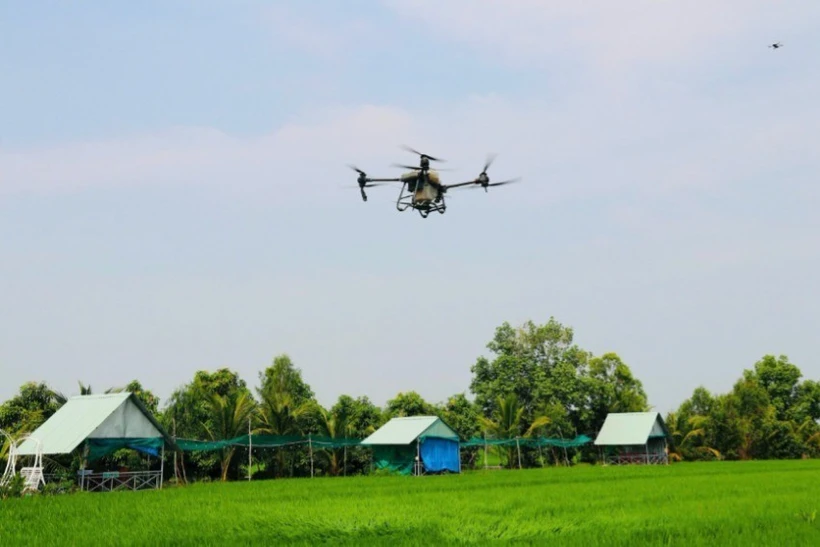




![[Photo] Binh Trieu 1 Bridge has been completed, raised by 1.1m, and will open to traffic at the end of November.](https://vphoto.vietnam.vn/thumb/1200x675/vietnam/resource/IMAGE/2025/10/2/a6549e2a3b5848a1ba76a1ded6141fae)

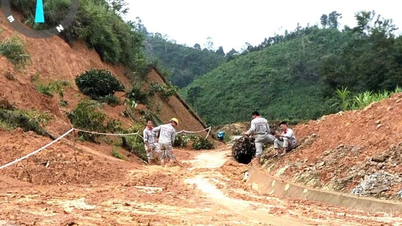


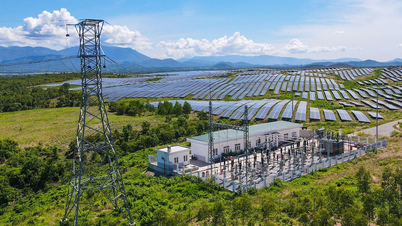

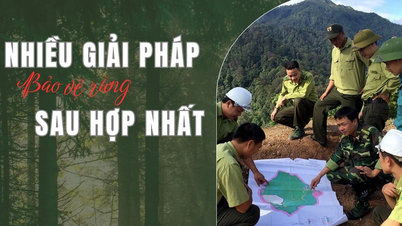

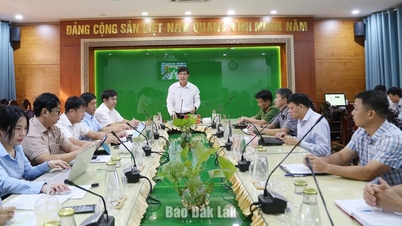





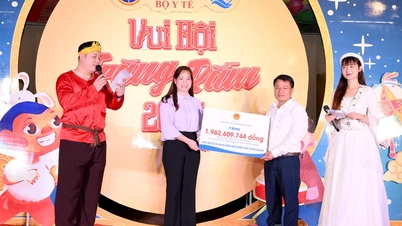

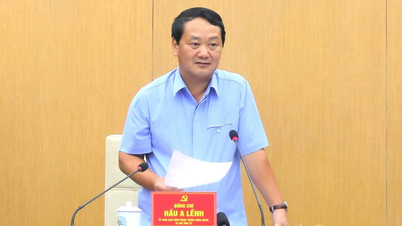
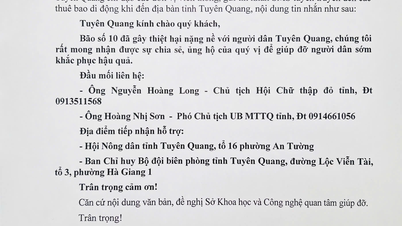
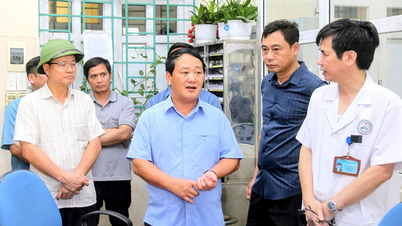



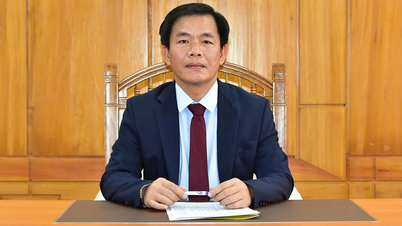








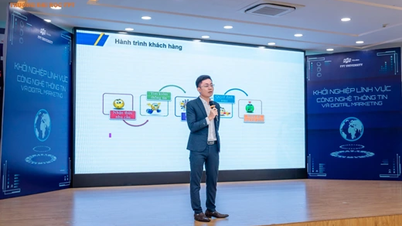


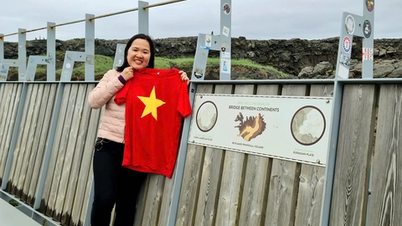

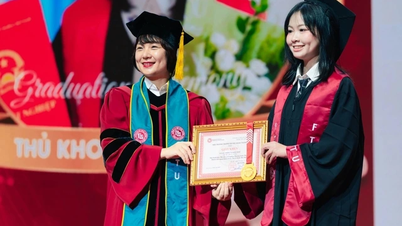








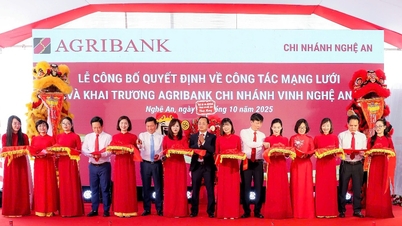

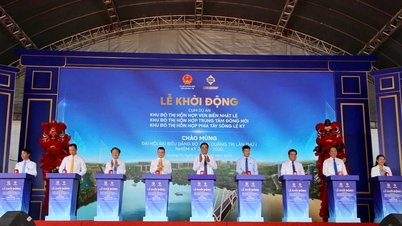

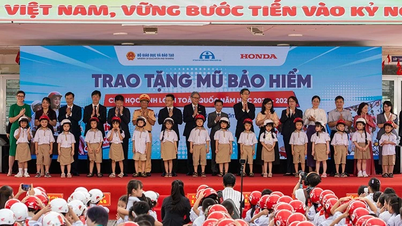

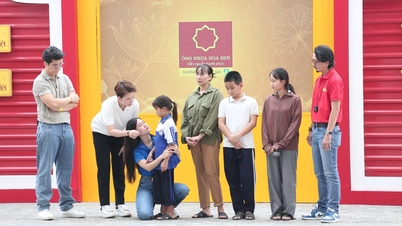


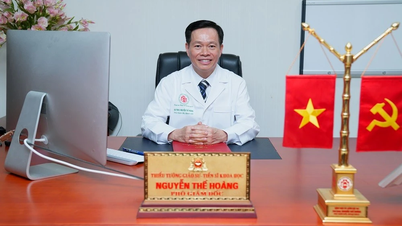






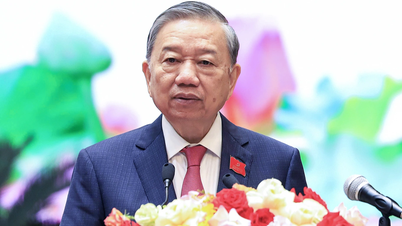



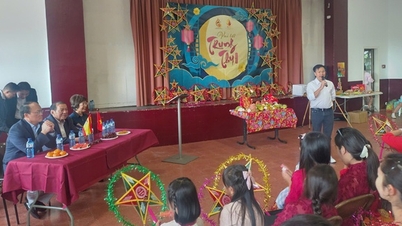



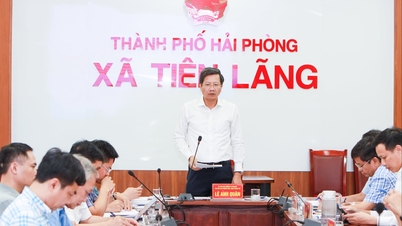
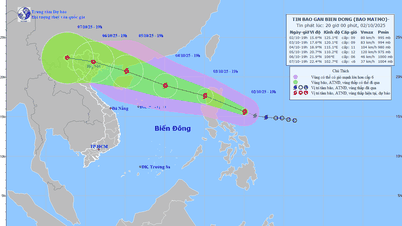
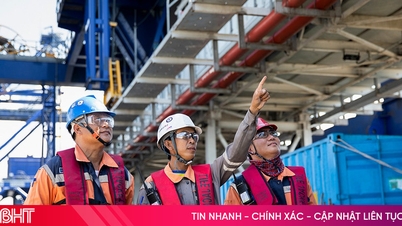

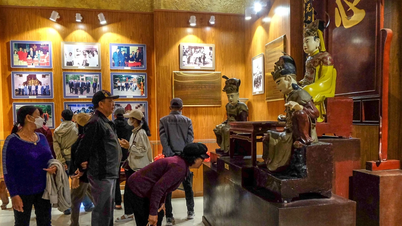

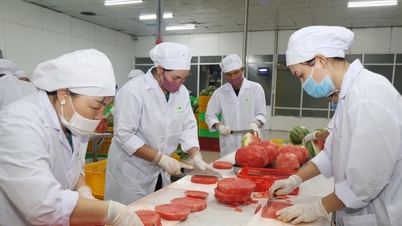


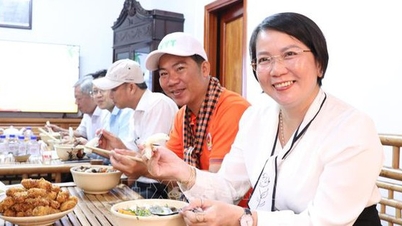











Comment (0)